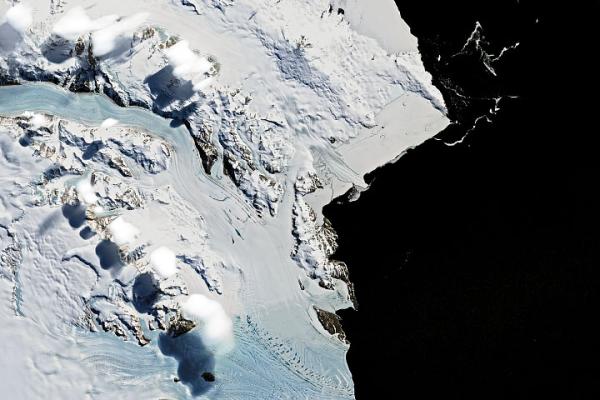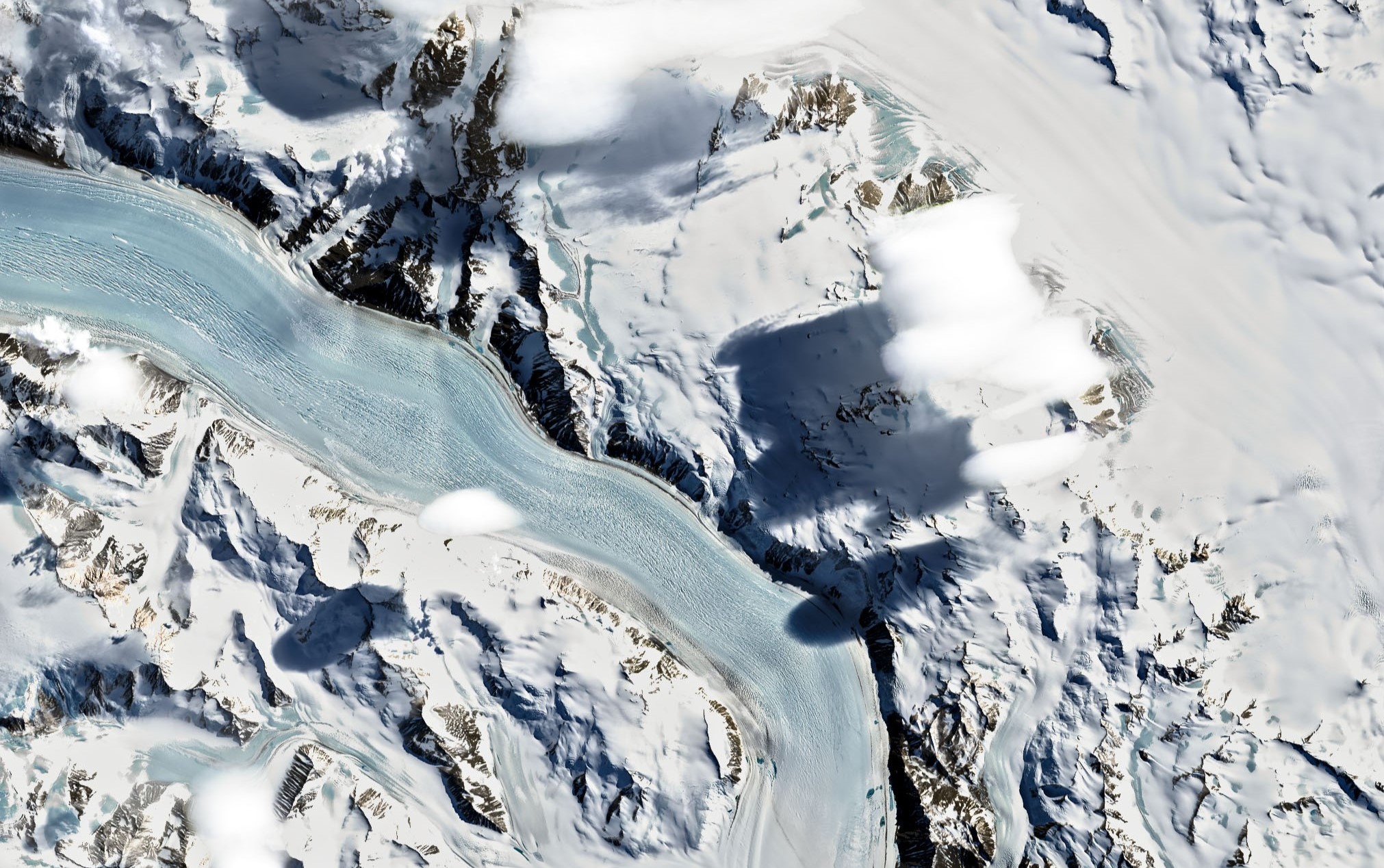Integrated Microwave Sensing Unveils Subglacial Water Dynamics Beneath Antarctica's Priestley Glacier

The Ohio State University's Earth Sciences Professor Emeritus Ken Jezek and Electrical and Computer Engineering Professor Joel Johnson from the ElectroScience Laboratory, both principal investigators at the Byrd Center, collaborated on a study published in the IEEE Transactions on Geoscience and Remote Sensing, illuminating the complex subglacial dynamics of Priestley Glacier.
The multidisciplinary team, including experts from U.S. and Italian institutions, utilized active and passive microwave remote sensing techniques to investigate Priestley Glacier, a valley glacier in Terra Nova Bay, Antarctica, that drains into the Nansen Ice Shelf through the Transantarctic Mountains. The study employed airborne radar and radiometer data from the National Aeronautics and Space Administration's (NASA's) Operation IceBridge and the Ice Sheet and Sea Ice Ultrawideband Microwave radiometric Airborne eXperiment (ISSIUMAX). These measurements provided insight into the glacier's structure, including identifying the meltwater beneath the glacier, known as basal water.

The data revealed variations in the thermal radiation or brightness temperatures along the glacier's length, with spectral gradients transitioning from negative over the inland ice sheet to positive over the floating glacier terminus. This transition suggests a significant difference in the underlying conditions, with positive gradients similar to those in sea ice.
The findings reveal that the glacier is underlain by patchy regions of basal water, particularly in the floating terminus region. This subglacial water significantly reduces basal drag—the friction between the glacier’s base and the ground beneath it. This critical interaction between the glacier and its subglacial aquatic environment highlights the influence of water bodies on glacier dynamics and emphasizes how such interactions can drastically alter the behavior of glaciers, impacting everything from their flow speed to their melting patterns.
Supported by radar reflectivity data, the research team, including Marco Brogioni and Giovanni Macelloni from the Institute for Applied Physics in Italy and Dustin Schroeder and Anna Broome from Stanford University's Department of Geophysics, has provided new insights into the subglacial conditions of Antarctic glaciers.
The study advances the development of the next-generation wideband radiometer, enhancing the onboard capabilities of the European Space Agency's CryoRad mission concept. CryoRad aims to provide vital spaceborne observations of Earth's geophysical properties as the next Earth Explorer satellite mission, Earth Explorer 12, slated for launch around 2036.
Integrating active and passive microwave measurements offers an enhanced understanding of the physical properties affecting glacier flow and stability. This collaborative effort resolves previous ambiguities about the glacial conditions and contributes substantially to the field of glaciology.
Learn more about the study by visiting IEEE Transactions on Geoscience and Remote Sensing.
Related News:
- The European Space Agency Greenlights CryoRad, an Innovative Earth Explorer mission concept in Advancing Earth Observation
- Remote Sensing Earth’s Cryosphere with 0.5-2.0 Ghz Microwave Radiometry: Recent Updates
- Simulating 0.4–2.5 GHz Brightness Temperatures of the Ross Ice Shelf, Antarctica
- Ice Sheet and Sea Ice Ultrawideband Microwave radiometric Airborne eXperiment (ISSIUMAX) in Antarctica: first results from Terra Nova Bay
- Cryorad: A Low Frequency Wideband Radiometer Mission for the Study of the Cryosphere
